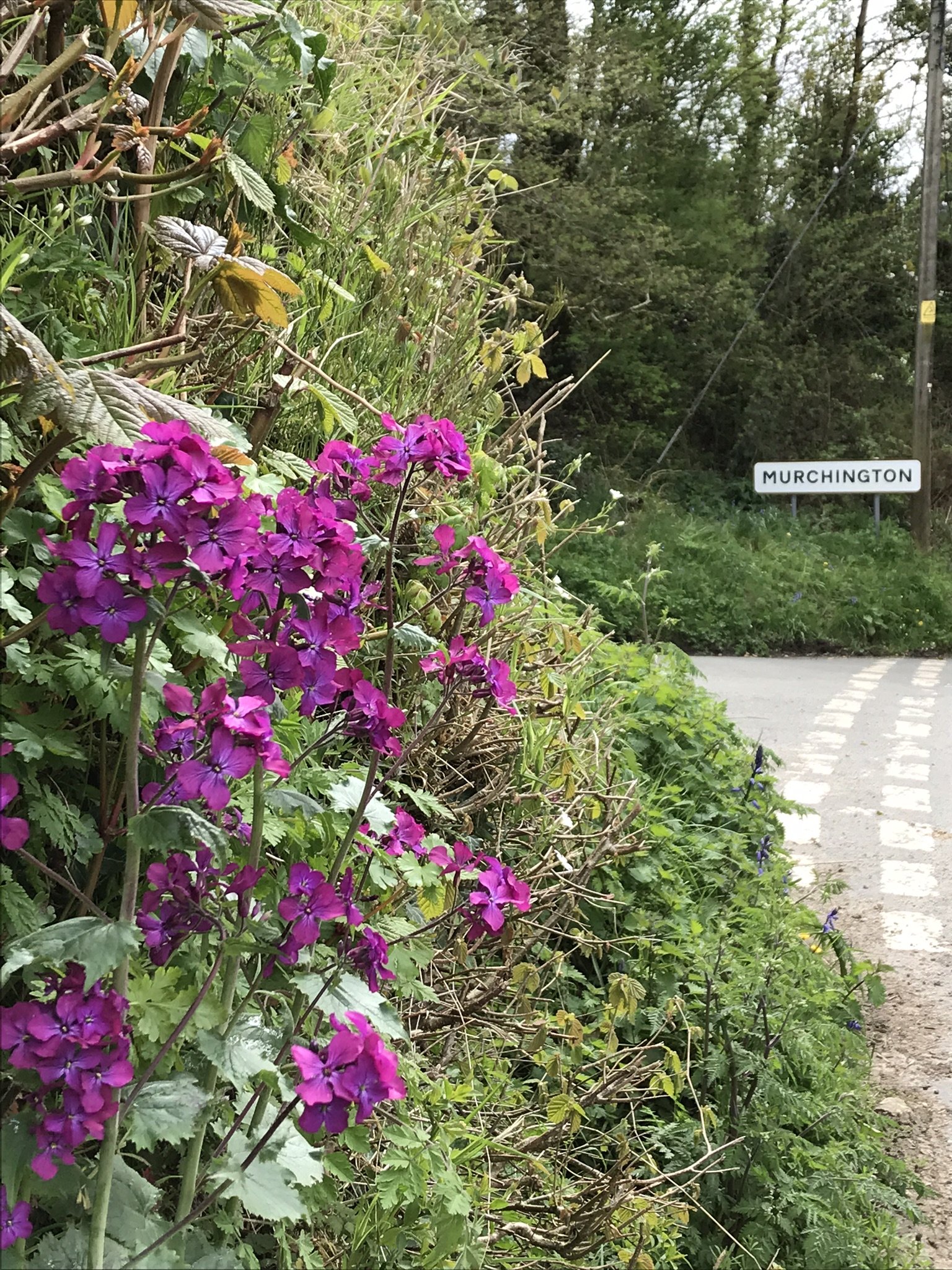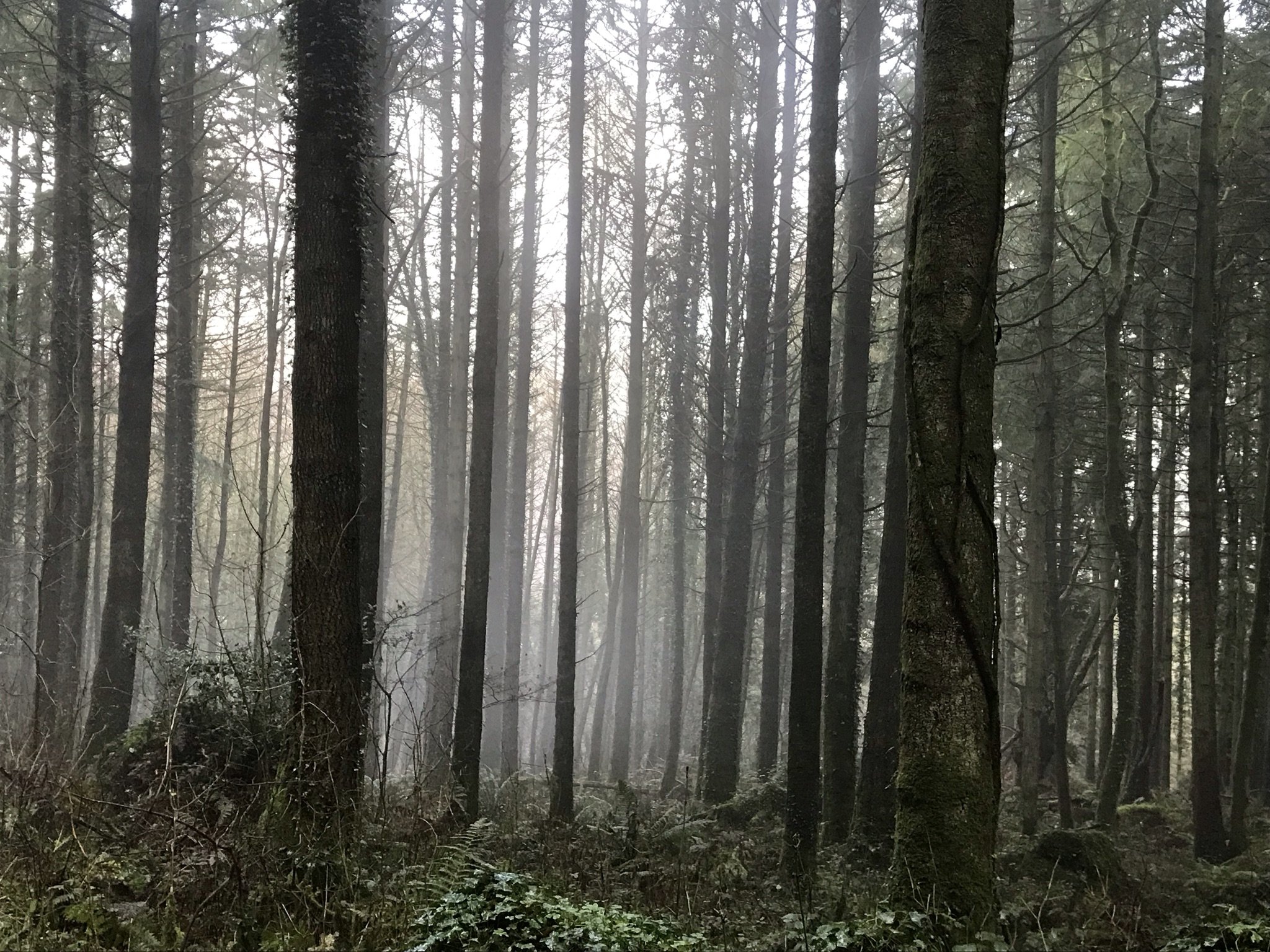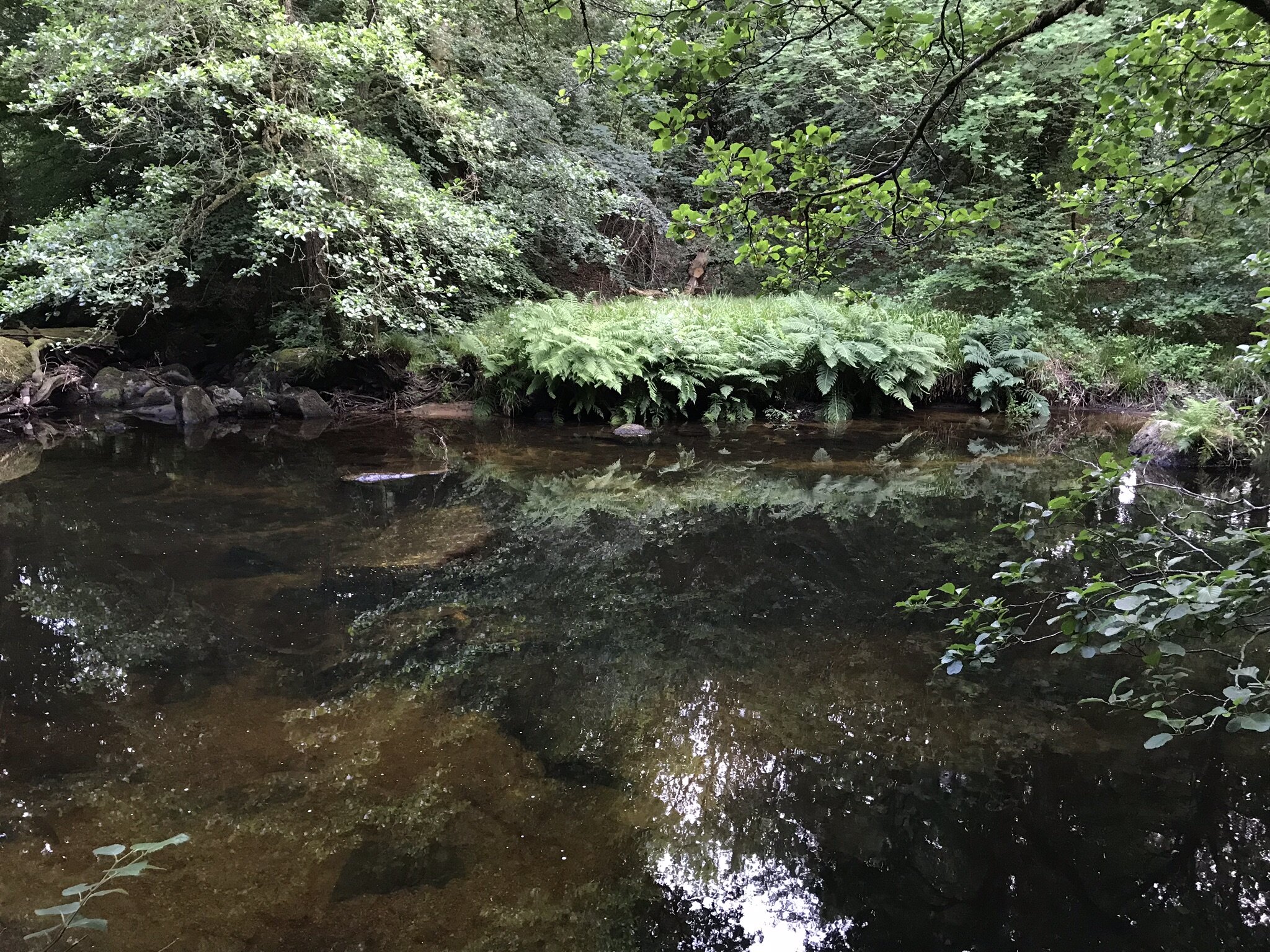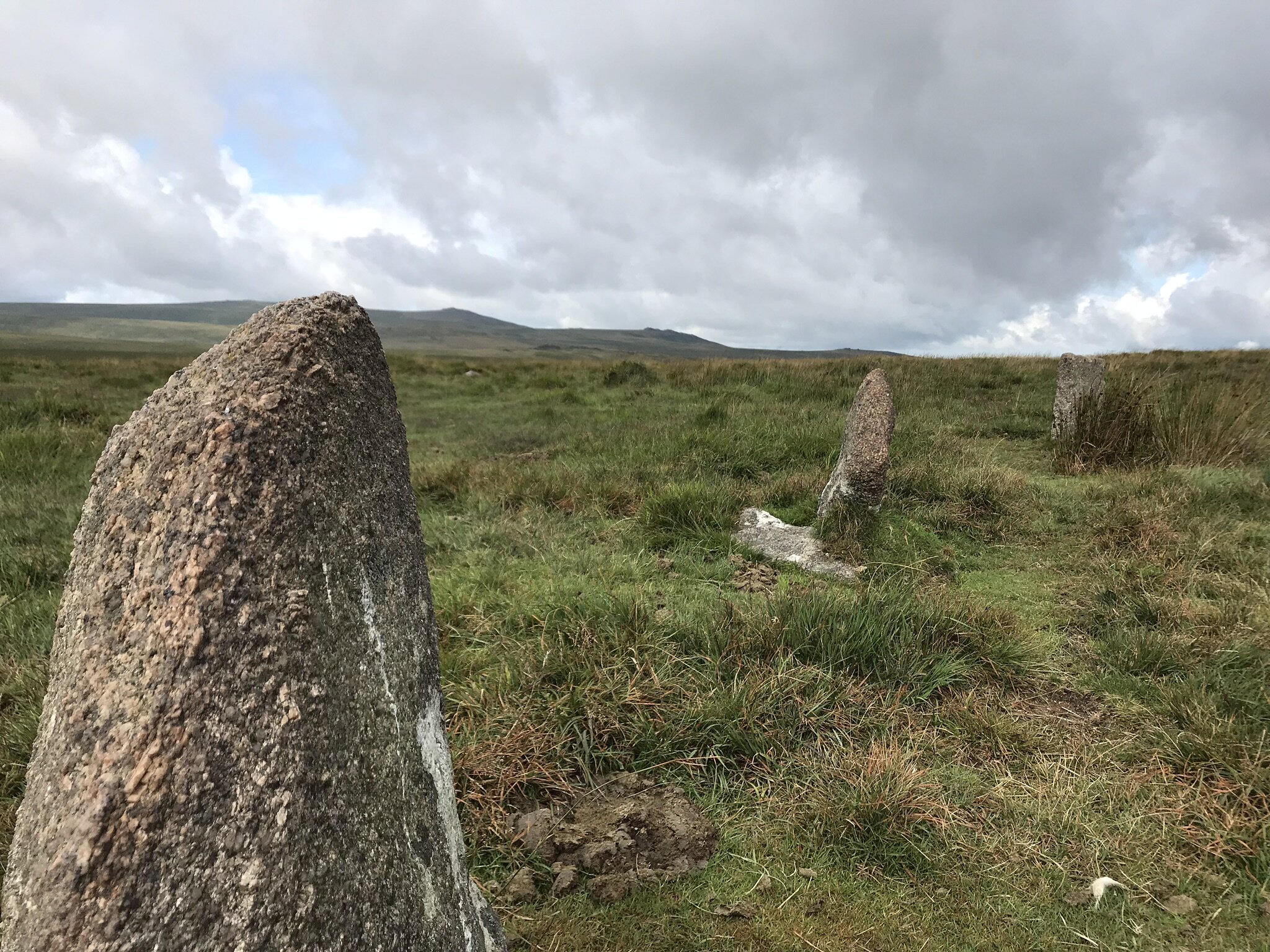by Colin Burbidge
The news in early July 2021 of a £450 million new factory to make batteries in the UK as part of the electric vehicle revolution has focussed minds on the value of home-produced ores such as tin.
According to the International Tin Association “Over the next decade tin has many opportunities in lithium ion and other batteries, solar PV, thermoelectric materials, hydrogen-related applications, and carbon capture”
Just over 100 years ago, a similar dialogue was being aired over Devon and its tin resources.
From the Devon & Exeter Gazette 10th April 1917
To the Editor of the Gazette
Sir,—You will have seen the Ministry of Munitions has at last established a branch to deal with the development of mineral producing ores for the manufacture of metals. This gives Devon— especially Dartmoor—its greatest opportunity. … There has never been anything in the way of successful and profitable working of Devon mines, except that was it easier to buy foreign ores. The war has practically put an end to this, and without labouring the reasons, we have now got to help ourselves to our own ores. For quality, the Cornish tin smelters know that Dartmoor tin ore cannot be beaten. Th« usual average price obtained for Dartmoor tin ranges from £8 to £11 per ton more than highest Cornish price.
Chagford district, perhaps, yields some of the brightest tin ore. From Sands Gate near Sandy Park—very rich tin ore was produced many years ago. Then, also, from the disused mines on the Moretonhampstead side of Chagford rich deposits were worked. It is of interest just now to relate that when the late Mr. Browning of Moor Park Hotel, Chagford in about 1908-09, had a pit made for his garage, a tin lode was exposed, and I had the pleasure of seeing a specimen which Mr. Browning had taken, and it was certainly a very good stone. Another case— an extraordinary one—was from a small trial pit dug at Murchington : the lode was known to be there by an old tin-miner. In company with an expert metallurgist from London a sample stone was taken from this shallow pit, broken from the lode, and assayed at 54% tin. I could give, many other instances of good deposits.
For the present I would say "Help yourselves to what is your own. 'Germany will never again be allowed to scour the mineral wealth of Devon."
Yours truly, T. SETTLE,
(Late Manager Golden Dagger Tin Mine Dartmoor, And the Gooseford (Arsenic) Mine, Okehampton.)
A week later, in response to this letter the following Editorial appeared in the Exeter & Plymouth Gazette, clearly not everyone was as optimistic about mining tin ore on Dartmoor as Mr Settle…
A good deal of interest has been taken in a letter which appeared in the Gazette a few days ago from Mr. T. Settle of Leeds, but formerly of Exeter, who referred to Devon's opportunity now that the Ministry of Munitions has at last established a branch to deal with the development of mineral property-producing ores for the manufacture of metals under the leadership of its Controller Sir Lionel Phillips, Bart.. Mr. Settle referred to certain properties in North Bovey, Sandgate, near Sandypark, and Murchington, In connection with that I have received a communication from a geologist and metallurgist in which he says “The question of production of all classes of ore of service in the arts and commerce is one which calls for the utmost consideration and especially so at the present time. The position of Dartmoor is somewhat unique: it is a fact well known to geologists that on the Moor there are many outcrops of tin stones, and that they are close to the surface, but almost universally they go no deeper
In cases where they do go deeper, lodes are so poor that no power can make a mine a paying concern: it would be well for the public to know this. If a Company were to be formed and to sink money into such an adventure, their coin would certainly be “sunk on Dartmoor." that is the experience of all who have embarked on mining in that quarter. Granite is a matrix of tin, but the Dartmoor granite is poor to a degree this respect. There have been very many attempts to raise ore in that locality - All have been comparative failures from the ore point view, and practically all from the financial standpoint.” I do not know what reply Mr. Settle, who has had great experience in Dartmoor mining, will make of the above statement, but any correspondence on the matter cannot be but helpful. I am glad, however, to be able to state that several people owning property on Dartmoor are taking a keen interest in the move being made by the Ministry of Munitions, and in one case I understand that a gentleman owning a tin sett of 900 acres on the Moor is ready to grant a licence for working it and this will, no doubt, be taken up immediately.
Exeter & Plymouth Gazette 17th April 1917



































